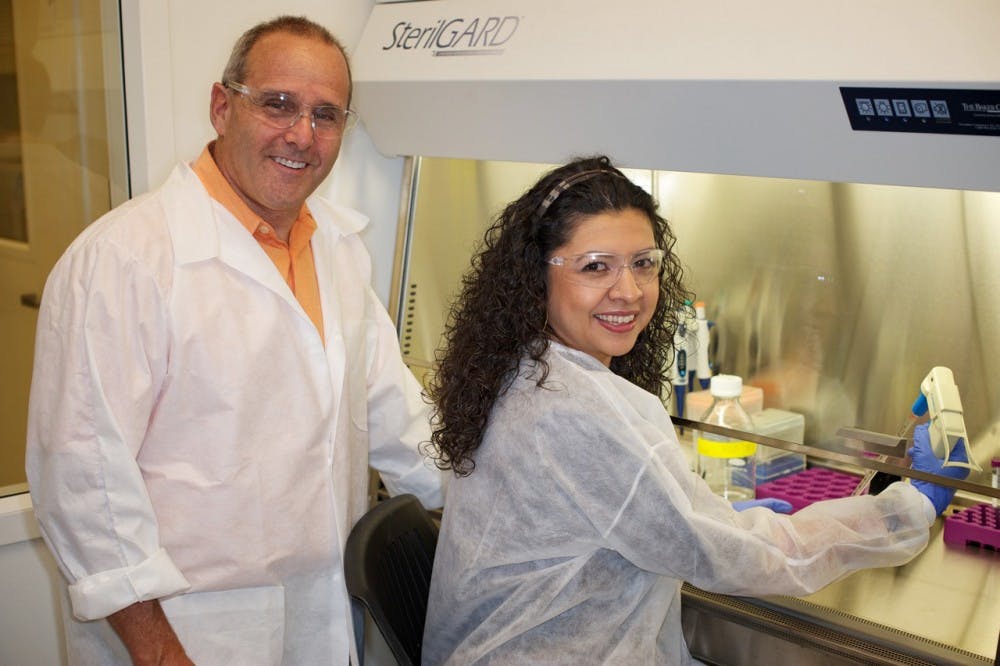Researchers at ASU’s Biodesign Institute have identified new genes related to drug resistance in the treatment of breast cancer.
The research findings suggest that in the early stages of breast cancer, it is possible to detect genes in women who may become resistant to certain types of chemotherapy, said Dr. Joshua LaBaer, leader of the research team.
LaBaer hopes the findings can also give physicians a more personalized approach to patient therapy, meaning doctors can predict which women will do well on a particular drug.
The team identified more than 30 breast cancer gene kinases that are involved in breast cancer drug resistance.
Kinases are regulatory proteins that play key roles in tumor growth and drug resistance.
The popular drug tamoxifen has normally been used to treat breast cancer patients, LaBaer said.
Tamoxifen can block hormones related to tumor growth, he said.
It is an effective treatment for 60 percent of women who are clinically diagnosed, LaBaer said.
The presence of estrogen in women who have estrogen receptor-positive tumors encourages the development of breast cancer.
However, for some women, the drug loses its potency during treatment, leading to drug resistance and the re-emergence of tumors.
“The challenge is understanding what builds resistance and what doesn’t,” LaBaer said.
The team used breast cancer cells from an actual patient to conduct research, along with LaBaer’s own lab collection of human genes, said Laura Gonzalez, a postdoctoral research associate and lead author of the study.
The experiment consisted of a genetic screening of 500 protein kinases.
“The unique thing about the study was we were able to experiment with almost all of the kinases within the human body,” Gonzalez said.
The research group compared gene patterns in cells that were susceptible or resistant to the drug.
From the comparison, a grouping of genes that failed to respond to tamoxifen treatment were from the resistant group, Gonzalez said.
More than 30 kinases were found that allowed the grouping of sensitive cells to grow with tamoxifen present.
Many of the kinases were already known, but some were a new discovery.
For example, one new kinase known as HSPB8 suggests an entirely different drug resistance approach to tamoxifen, Gonzalez said.
Women who had increased levels of HSPB8 were more resistant to tamoxifen than women who did not, LaBaer said.
In the future, the team plans to continue exploring pathways and experimenting with other kinases identified in the study and to focus on other breast cancer treatment drugs beyond tamoxifen.
Reach the reporter at cksilves@asu.edu





